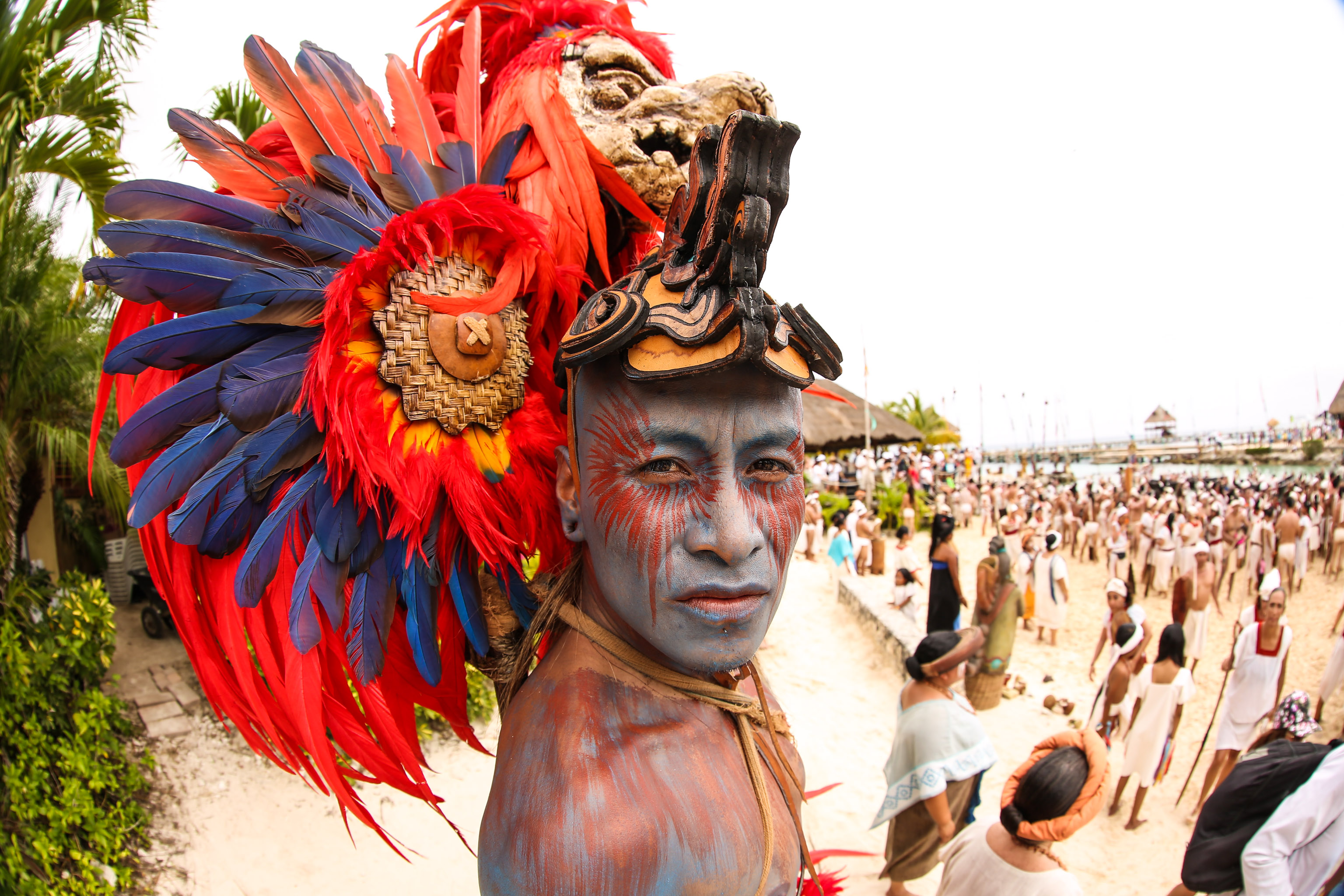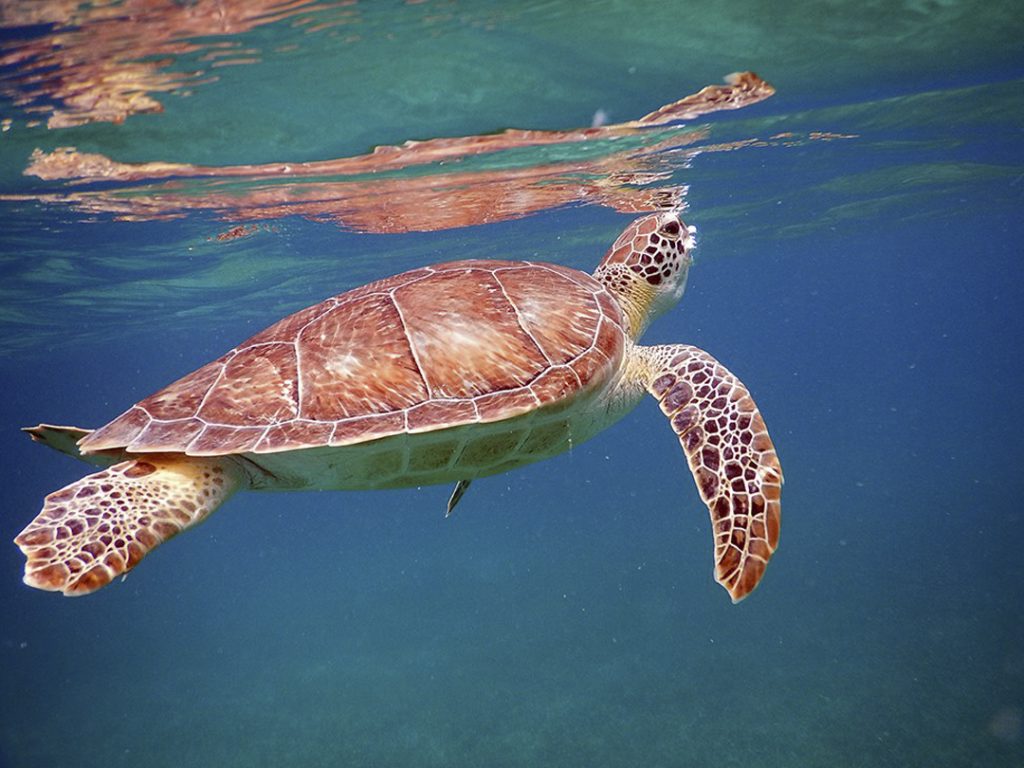The scarlet macaw flies free in Veracruz
June 12, 2014
#FlyingHome
Reintroduction of the red macaw progresses with success
The scarlet macaw reintroduction program that began with a dream almost 22 years ago is progressing successfully with the release of 27 copies of the species in “The Other Option” reserve in the region of Los Tuxtlas in Veracruz.
The macaws from the breeding program at Xcaret Park arrived at the reserve during the month of March for a process of adaptation to be released in the area, which presents favorable conditions.
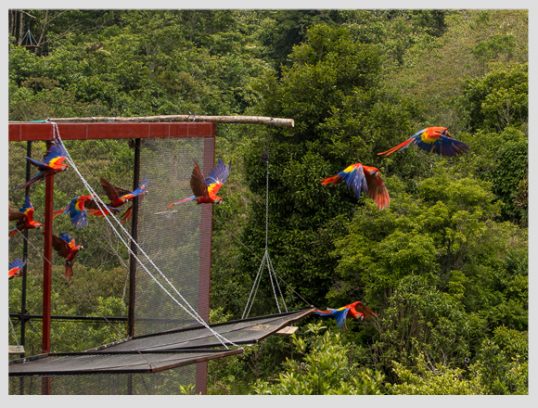
The scarlet macaws arrived at “The Other Option” Reserve after more than 20 hours of travel. This group of macaws was raised by its parents. Since their arrival at the reserve, they have remained in a training stage to identify food in the wild, practice flight, and create an aversion to humans.
The reintroduction of the scarlet macaw in the region of Los Tuxtlas is coordinated by the doctor Patricia Escalante Pliego, an expert in ornithology, genetics, and ecology conservation; she has worked in bird conservation programs in Mexico for more than 20 years.
In addition to the release, there is a strong advocacy and education stage in the communities surrounding the reserve, as the success of the program depends on the fact that the species are not caught for illegal trade. On the contrary, the intent of the program is that the macaw becomes a flagship species of the area and the community takes pride in its safekeeping.
Flying free in Chiapas
The program to reintroduce the scarlet macaw to its original habitats in Mexico advances with success after a year of the first copies’ release in the jungle of Palenque, Chiapas. Today, there are 73 scarlet macaws living freely in the area and are in excellent health conditions, according to specialists’ monitoring.
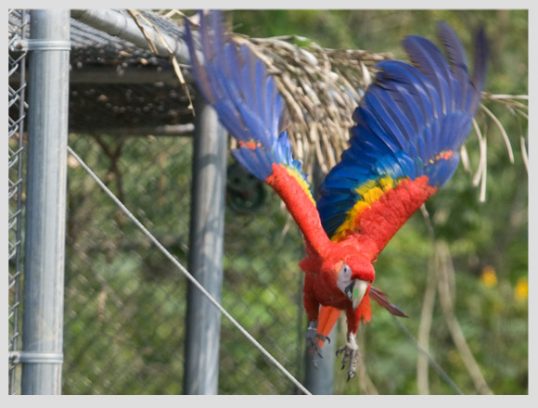
The release of the 73 macaws increased by 30% the number of copies existing in the wild in Mexico. The work in Chiapas has been achieved thanks to the collaboration with Aluxes Ecoparque, the UNAM Institute of Biology and Acajungla AC, according to Rodolfo Raigoza Figueras, Wildlife Manager at Xcaret and his team.
Everything began with a dream
The reintroduction of the scarlet macaw is supported by the breeding program at Xcaret that has grown with success after its initial launch 22 years ago. The breeding program provides healthy species, close to their reproductive stage and age appropriate to adapt and reintegrate into their original habitat.
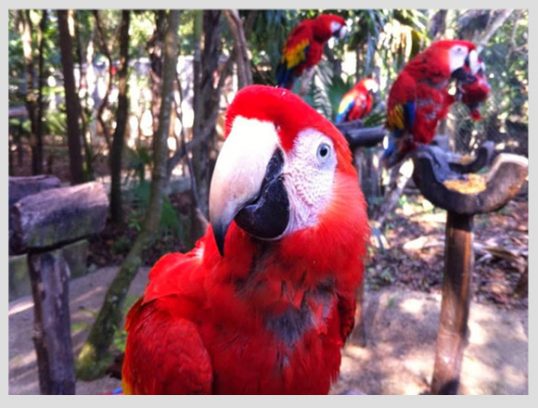
With the support from experts at the American Museum of Natural History and Columbia University, genetic studies were done to determine that the scarlet macaw belonged to the subspecies cyanoptera, which is the one that inhabits the jungles of southern and southeastern Mexico.
The UNAM Institute of Biology, the civil associations “The Other Option” and “Ancient Forest” have created an alliance with Xcaret to consolidate the project, generating the optimum conditions for the release.

Posts Relacionados
Grupo Xcaret
Hotels
